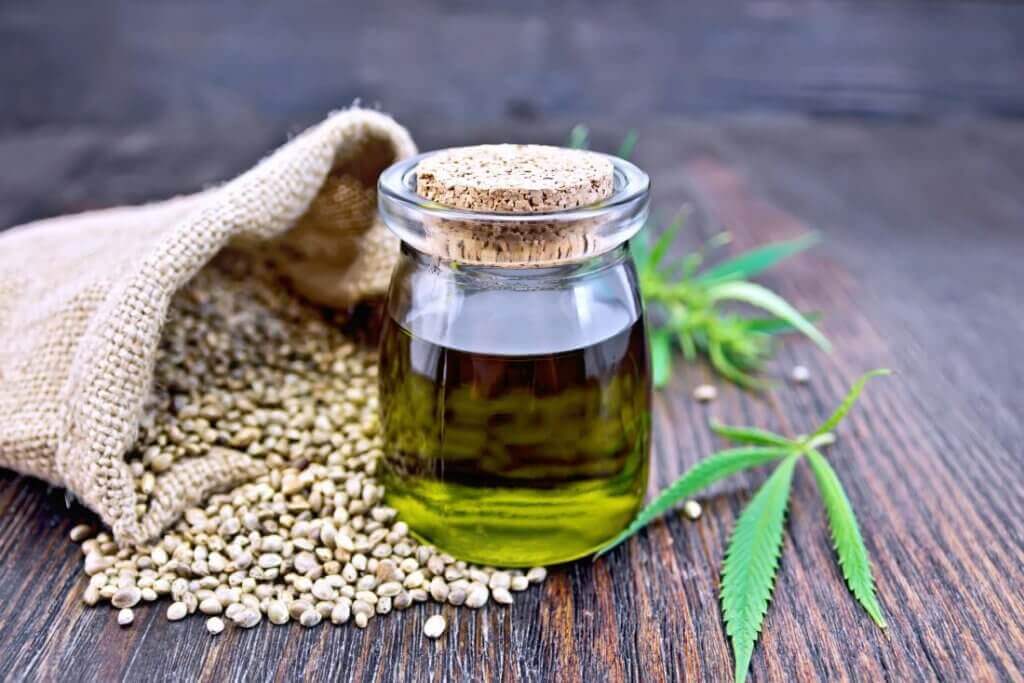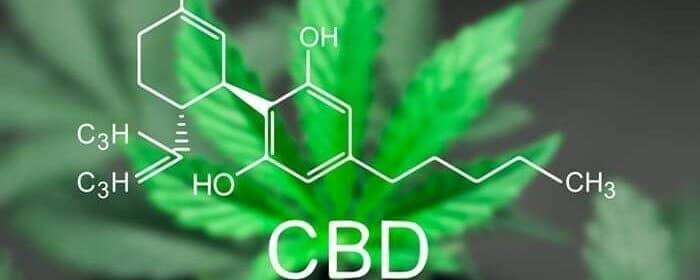 In a previous article, we mentioned decarboxylation and promised we would provide a more detailed explanation of what it is. So here we go!
In a previous article, we mentioned decarboxylation and promised we would provide a more detailed explanation of what it is. So here we go!
If you are consuming cannabis (marijuana) for recreational purposes you will be doing so in order to get “the high”. In case you were not aware cannabis when consumed after curing, does not give you that high. While the active ingredient is there, you need to “activate” it to unlock the potential.
The cannabis plant contains a cannabinoid called tetrahydrocannabinolic acid, or THCa which itself is not psychoactive. This is the component that is beneficial to health, for example in anti-inflammatory usage. In order to convert THCa into THC, which does give the psychoactive effects the acid needs to be dried out which is normally accomplished by applying heat. This is best done at low temperatures and this is decarboxylation.
Of course, if you smoke or vape cannabis you are applying heat directly to the plant so the decarboxylates cannabinoids are immediately released. But not everyone wants to consume cannabis in this manner. Smoking, in particular, is not good for health as inhaling any burning substance can cause damage to the lungs. Vaping is a better alternative as the vape heats cannabis but does not burn it. This produces vapor instead of smoke which is believed to be less harmful.
Even so, not everyone wants to take up vaping and there are many other ways to benefit from the medical properties provided by the marijuana plant, as we have written about before. Some only include medical relief but it is also possible to get a high from using decarboxylated cannabis.
How to decarboxylate
The THCa in cannabis begins to decarboxylate at around 220 degrees Fahrenheit and in about 30-45 minutes of heating. Total decarboxylation may need a bit more time, and can also depend on the strain.
The main reason to decarb at lower temperatures, and for a longer period of time is to attempt to preserve terpenes. At higher temperatures, these may burn causing unwanted results and flavor. You definitely do not want temperatures to exceed 300 degrees Fahrenheit as this will cause the integrity of both cannabinoids and terpenoids to be compromised. One of the reasons why rosin pressing is done around 190 to 220 degrees Fahrenheit.
Four Ways to Decarboxylate
- Using Your Oven.
Set your oven to 200-230 Fahrenheit, lay a piece of parchment paper or baking sheet on a baking tray.

Try to ensure all your nugs are of a uniform size so that they will heat evenly. It might even be better to grind the herbs but coarsely rather than finely. Heat for around 30-45 minutes or a little longer if you have a larger quantity.
2. Use a Mason Jar.This method also requires the oven but instead of placing nugs on a tray put them inside a sealed mason jar and place the jars in the oven.Heat the oven to between 220 and 250 Fahrenheit and before placing the nugs in the jar break them down to the size of a grain of rice. It’s a good idea to place the jars on a towel or something similar to make sure they won’t fall over.
Cook for about an hour but every 15 minutes or so shake the jars to ensure an even distribution of the cannabis and equal heat. Don’t forget the jars will be hot so have some oven gloves handy!
3. Sous Vide Method
This is an almost fool-proof way of decarbing your cannabis, although it can be more expensive, as an immersion circulator can go for $100. But if you often do decarboxylation, the sous vide method will be worth it, given the outlay for the circulator.You will need an immersion circulator, a large pot or plastic tub to hold the circulator, sufficient water to meet the specifications of the circulator, and a vacuum sealer or zip-top freezer bag.
If you can use hot water and then set the temperature to 203 degrees Fahrenheit. Put finely ground cannabis into the plastic bag, seal tightly and place it in the water for around one and a half hours.
After the time is up remove it from the pot and let it cool down to room temperature. Completely dry the outside of the bag and then remove the decarboxylated cannabis and store it where you normally do. Possible a mason jar
4. Oil
 For this method a slow cooker is ideal. For every 1 to 1.5 ounces of ground herb, based on strength, you will want 2 cups of oil. Coconut, peanut, or olive oils are recommended. Add both in and stir until your cannabis is completely soaked.
For this method a slow cooker is ideal. For every 1 to 1.5 ounces of ground herb, based on strength, you will want 2 cups of oil. Coconut, peanut, or olive oils are recommended. Add both in and stir until your cannabis is completely soaked.On your Cooker’s lowest setting, heat the mixture for 3 hours, then allow to cool for about 8 more. Repeat this process once or twice to increase the potency, getting every last bit of THC and other cannabinoids absorbed into the oil.
When you have completed the final heat and cooling cycle use a fine mesh strainer, like a flour sifter, to strain out the herb as you pour the oil into a bowl. Press a spoon on the herb to squeeze any remaining oil through. You can now dispose of the plant material and bottle your oil in airtight containers for storage in the refrigerator.
So, there you have it. As with everything to do with growing, harvesting, and using cannabis practice will make perfect and a little patience will go a long way to ensuring the best results.






